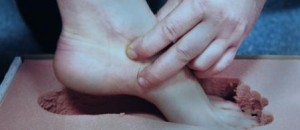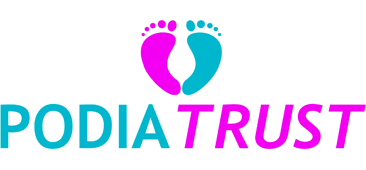
BIO-MECHANICAL ASSESSMENT and ORTHOTICS
Joints do not work in isolation, and bio-mechanical problems with the feet can affect the rest of the body. A biomechanical assessment will look at your gait, limb length, body alignment and range of movement.
“Specialising in Orhthotics Hove & Insoles”
What happens after a bio-mechanical assessment?
Following assessment, possible treatment plans will be discussed with you. Treatment may consist of:
- Exercise – sometimes regular stretching may bring relief.
- Orthotics (insoles) – can be designed to alter foot function, or to redistribute pressure and relieve pain.
An orthosis may be used to control, guide, limit and/or immobilize an extremity, joint or body segment for a particular reason, to restrict movement in a given direction, to assist movement generally, to reduce weight bearing forces for a particular purpose.
- To aid rehabilitation from fractures after the removal of a cast
- to otherwise correct the shape and/or function of the body, to provide easier movement capability or reduce pain.
They are used by everyone from athletes to the elderly to accommodate biomechanical deformities and a variety of soft tissue inflammatory conditions such as plantar fasciitis. They may also be used in conjunction with properly fitted orthopaedic footwear in the prevention of foot ulcers in the at-risk diabetic foot.
Treatment may bring relief from:
- Bunions and painful joints : Try bunion pads, arch supports, or custom-made supports (orthotics) placed just behind the big toe joint on the bottom of your foot. This redistributes your weight while you are walking and takes pressure off your big toe. Ask your doctor to help you choose the right kind of pads. One review of studies has shown that compared with no treatment, orthotics reduced bunion pain after 6 months of use but made no difference in pain after 12 months of use.
- Flat feet (pes planus) : If your feet overpronate, you may need to wear a special insole (an orthotic) inside your shoes to stop your feet rolling inwards when you walk or run. These will usually need to be made and fitted by a podiatrist.Stretching your calf and Achilles tendon may also help as a tight Achilles can make your foot overpronate.
- Heel, knee and hip pain: Orthotics solve a number of biomechanically related problems, for ankle and knee pain, pelvis, hip, spinal pain. This is achieved by preventing misalignment of the foot, which significantly alters the way in which the bones move within their joints.
- Painful corns and calluses : An orthotic inserts or metatarsal bar inserts for your shoes will help distribute your weight more evenly over the ball of your foot. Athletes who run a lot may wear orthotic shoe inserts for the same purpose.
- Metatarsalgia: Orthotics can be a vital part of treatment for metatarsalgia. Research suggests that metatarsal pads and other off-loading techniques can help alleviate painful symptoms in patients with metatarsalgia. Orthotic intervention, in conjunction with correct shoes, can be an important component of improving quality of life for these patients.
- Plantar fasciitis : Orthotic devices include shoe inserts that can relieve the stress and stretching of your plantar fascia when you stand or walk. You can get the devices with or without a prescription. Orthotic devices you use for plantar fasciitis are usually made of plastic, rubber, or felt.
Orthotics Hove Treatments & Insoles
Biomechanical Assessment
Simple insoles
From £65
Orthotics
£385 –
Get in touch to find out more about our range of Orthotics Hove
